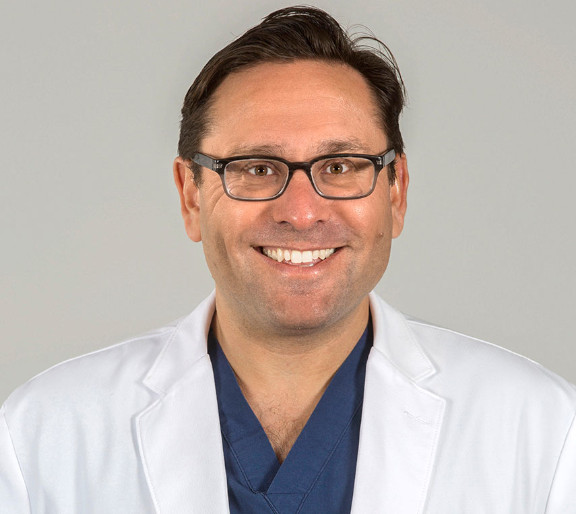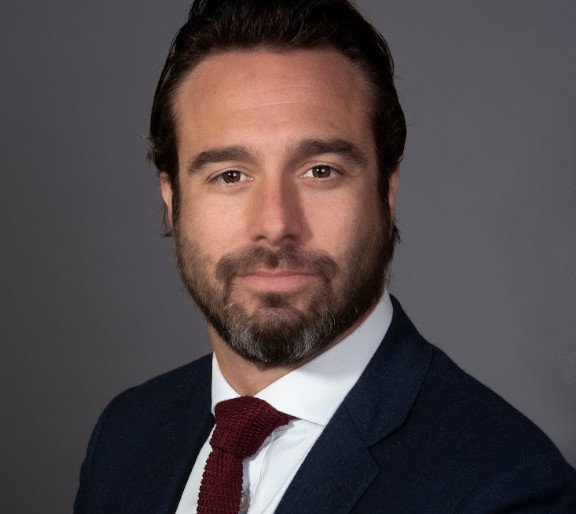
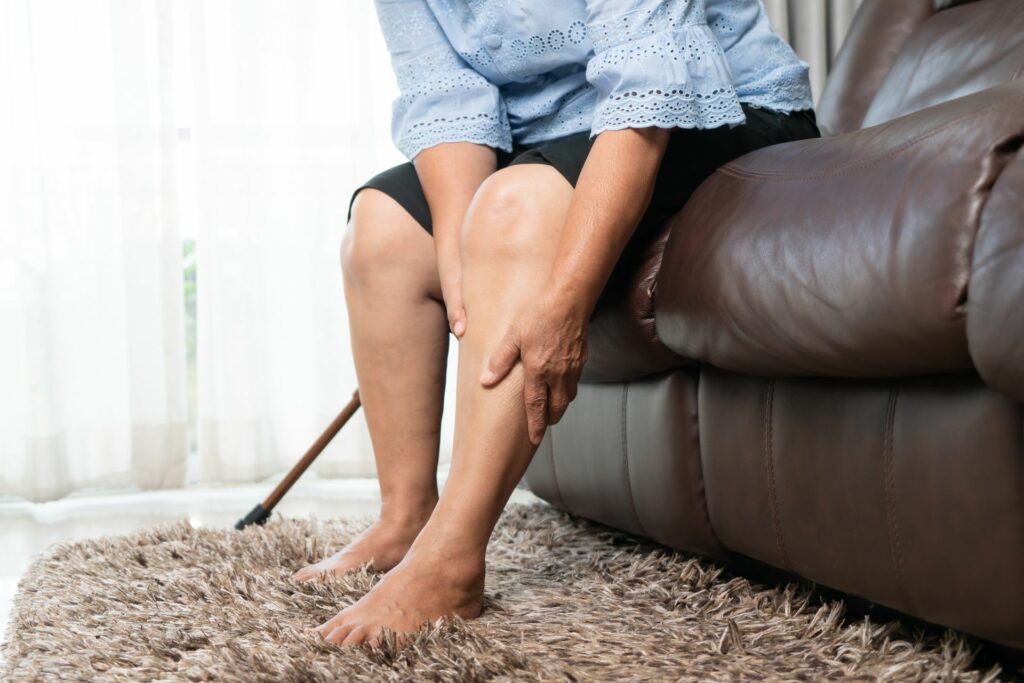
What is Atherectomy?
Atherectomy is a minimally invasive-image guided procedure used to remove plaque from an artery (blood vessel) and open narrow or blocked arteries. Removing plaque buildup makes the artery wider, allowing blood to flow more freely to the heart muscles. During an atherectomy, the plaque is removed or modified with tiny rotating blades or a laser on the end of a catheter through a minimally invasive incision. As a result, the procedure helps restore healthy blood flow and relieves the symptoms of peripheral artery disease. An atherectomy procedure also is typically for people who have already had an angioplasty or recently had a stent placement.
Benefits of Atherectomy Procedure
An atherectomy is a minimally invasive procedure that helps restore healthy blood flow and quickly relieves symptoms of peripheral artery disease (PAD). Atherectomy procedures are extremely effective, especially when combined with lifestyle changes, such as eating healthier and regularly exercising. Unlike traditional surgery, an atherectomy procedure also offers the following advantages:
- Effectively helps restore blood flow
- Improves circulation
- No hospital stay
- No major incision
- No scarring
- Same day procedure
- Shorter recovery time
Candidates for Atherectomy
Patients who have plaque buildup inside their arteries or symptoms related to peripheral artery disease are candidates for an atherectomy procedure. Atherectomy can often relieve symptoms of peripheral artery disease without surgery. You may be a good candidate for an atherectomy if you’re experiencing the following PAD symptoms:
- Muscle pain and numbness in the feet or legs
- Calf pain while walking that goes away with rest
- Sores or wounds on the legs or feet that won’t heal
- Poor circulation in the legs or feet
- Leg and foot and/or toe discoloration
- Weakness in the legs, feet, or toes
- Legs, feet or toes feeling cold
How to Prepare for Atherectomy Procedure
Before the procedure, one of our affiliated physicians will talk to you about what to expect before, during, and after your atherectomy. Preparation for atherectomy may also involve the following:
- Overview of family and medical history
- Routine blood work and imaging tests (ultrasound or MRI)
- Telling your doctor about any allergies to medications or contrast dye
- Refrain from taking blood thinning and NSAID medications prior to procedure
- Not eating or drinking for at least 6 hours prior to surgery
- Arranging for someone to drive you home after the procedure
How is Atherectomy Performed
Atherectomy is a less invasive way of restoring blood flow to your legs. Our affiliated vascular specialists are atherectomy experts with extensive experience performing these procedures. Before the procedure, you’ll receive local anesthesia and mild sedation to help you relax. A catheter is then inserted into your artery via your groin or upper thigh area. The catheter is guided through the artery to access the narrow or blocked area. An X-ray is then taken to help your vascular doctor pinpoint the area that is blocked or narrowed.
Once your physician detects the blocked area, he or she then uses tiny blades, or a laser, attached to the end of the catheter to cut away or vaporize the plaque. Your doctor may repeat this process a couple of times until enough plaque is removed so that blood can flow freely through your arteries. Depending on your condition, your specialist may use different types of blades or use lasers to remove plaque:
- Excisional atherectomy: A blade attached to the catheter cuts plaque buildup in one direction.
- Orbital atherectomy: A spinning blade on the catheter’s tip grinds away the plaque like sandpaper.
- Rotational atherectomy: Tiny blades with diamond chips rotate in a circular motion to crush plaque up into microscopic particles.
- Laser ablation atherectomy: A high-energy laser attached to the catheter destroys and vaporizes plaque buildup in the arteries.
In some cases, stent placement or angioplasty may be performed after the atherectomy to ensure that the artery stays open. Once the procedure is complete, the catheter is removed from your artery.
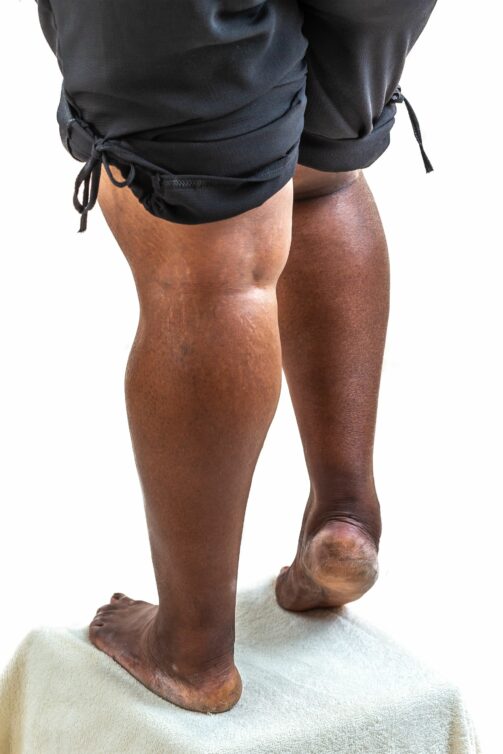
Atherectomy Recovery Time
Atherectomies for peripheral artery disease are performed at one of our affiliated outpatient centers and typically last an hour. After your procedure, you will rest in a separate recovery room area before you are sent home the same day. You may be asked to initially lie down flat for a few hours and then gradually increase your mobility and sit up. Many patients are typically walking between 2-6 hours after treatment and resume normal activities within 24 to 48 hours.
What to Expect After Atherectomy
After your atherectomy procedure, your vascular specialist will give you detailed instructions to follow at home and may prescribe you blood thinning medications. Your specialist may recommend that you avoid heavy lifting, strenuous exercise, foods high in sodium and sugar, secondhand smoke, and soaking in water until your catheter incision site heals.
Your vascular specialist will also recommend you schedule a follow-up appointment to check your recovery progress. Before your follow-up appointment, if you notice any redness or swelling at the incision site or signs of a potential infection make sure to contact our office. However, after a successful atherectomy procedure, you should see a vast improvement in your PAD symptoms, making it much easier to function in normal activities and daily life again.
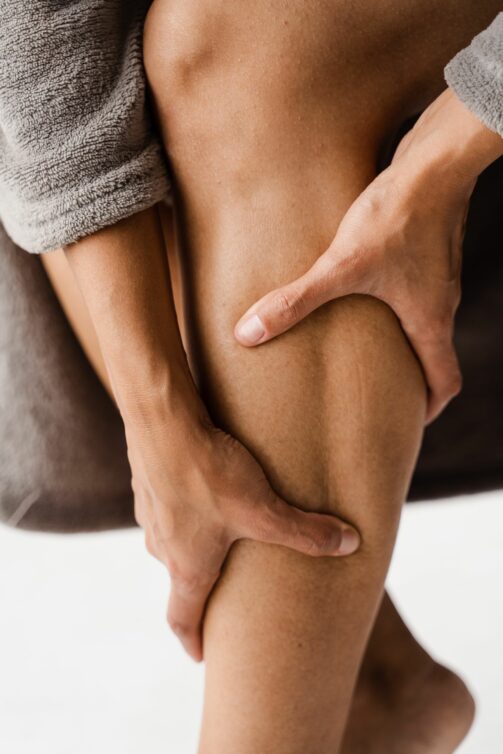
Why Choose American Endovascular for Atherectomy?
Patients who come to American Endovascular for an atherectomy benefit from our advanced minimally invasive-image guided techniques and individualized care to help catch plaque buildup in the early and late stages of PAD. Our affiliated vascular specialists represent the “best of the best” and are nationally recognized as innovators and leaders in the fields of Amputation Prevention and Endovascular & Interventional Radiology.
Our Vascular Specialists
Our affiliated vascular specialists in NY and NJ, are some of the world’s most respected and admired physicians that are experts in performing minimally invasive atherectomy procedures to help patients get relief from PAD symptoms.
Recent Blogs & Videos
Learn more about vascular health, prevention, and care for Peripheral Artery Disease.

